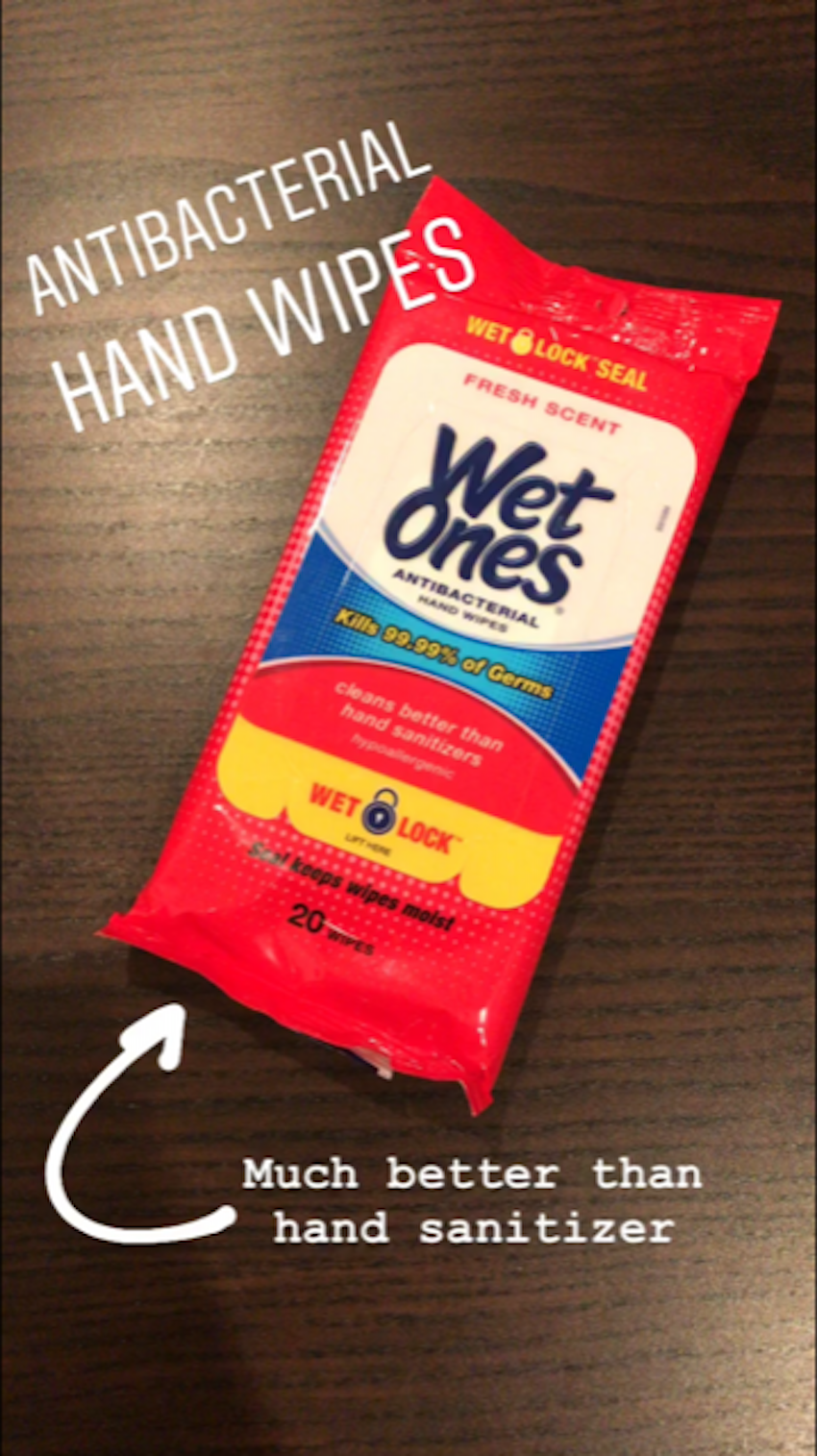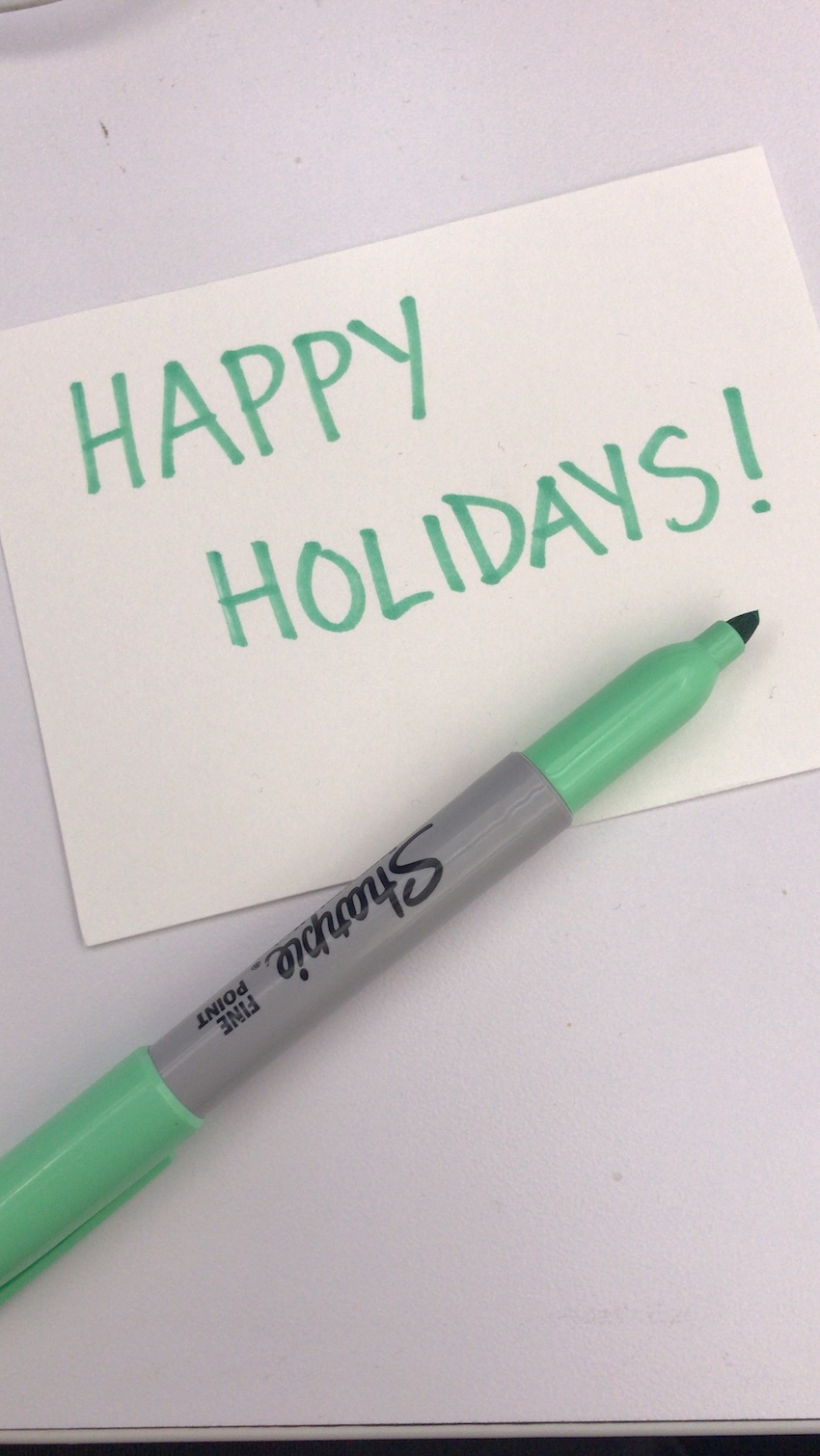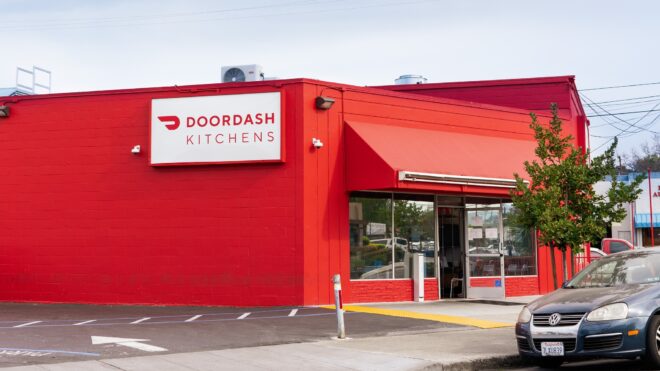
It's almost the holiday season, which means many people are looking for a good way to give back to their communities.
Some popular ways to give back include donating canned goods to food pantries, buying toys for kids who wouldn't otherwise get gifts, and participating in winter coat drives.
Unfortunately, many less-fortunate people still get overlooked. People facing homelessness are often forgotten about during the holiday season, even though this is a very tough time for them.
"On any given night in the United States, more than half a million people experience homelessness," explains the National Alliance to End Homelessness.
And as we know, even when they're struggling, homeless people still find it in their hearts to give back to others.
When I started thinking about how I could give back this holiday season, my mind immediately went to the homeless people in my community. Because I live in New York City, I see homelessness every single day.
According to the Coalition for the Homeless, "In recent years, homelessness in New York City has reached the highest levels since the Great Depression of the 1930s."
The coalition explains, "In October 2018, there were 63,559 homeless people, including 15,572 homeless families with 23,136 homeless children, sleeping each night in the New York City municipal shelter system. Families make up three-quarters of the homeless shelter population."
And although there are thousands of homeless people sleeping in shelters each night, there are thousands more sleeping on the streets, in parks, and in the subway system.
Often on my daily commute, people walk through the subway car asking for spare change, food, and prayers. I always want to offer them assistance, but I don't always have cash or snacks on me.
I started doing some research into how I could help these people in a more effective way, and I came across the idea of creating homeless care kits. These easy-to-make kits are inexpensive to put together, and they're a thoughtful way to show someone less fortunate that you care.
Read below to find out more about making your own simple homeless care kits.
Before You Start

Before you start putting your kit together, do a little research on homelessness in your area. Finding out about the demographics of the homeless population can help you cater your care kits to the specific needs of people in your community.
Also keep in mind that there are a lot of ways to help homeless people in your community — you can volunteer at shelters, donate money to organizations, and more. Find out about what other opportunities are available to support the homeless people near you.

Remember that cash isn't the only option. Although homeless people often ask for spare change, they're usually grateful for anything you can offer them.
(That said, it's important not to make assumptions — some people may not want food or care kits for whatever reason, so make sure you ask first.)
My Homeless Care Kit Travel Tissues, $1.99

The first thing I bought for my care kit was a set of facial tissue pocket packs. Since the weather is getting colder, almost everyone has runny noses. Tissues are great for sniffles, but they can also replace toilet paper, paper towels, and napkins if necessary.
Fabric Bandages, $4.99

Next, I put a few fabric bandages into my care kit. Homeless people tend to spend a lot of time outside and on public transportation, which means they can wind up with little cuts and scratches. Having some simple fabric bandages to patch up minor wounds can help people avoid infection.
Baby Wipes, $0.89

One of the hardest things to do when you're homeless is maintain your hygiene. If you don't have regular access to a full bathroom, it can be difficult to keep yourself clean. That's where baby wipes come in. These versatile wipes are hypoallergenic and gentle, which means you can use them on all parts of your body.
Travel Toothbrush and Toothpaste, $0.97

I decided to include a mini travel toothbrush and toothpaste in my care kit because dental health is extremely important. If you have access to a public bathroom, all you need is a toothbrush and toothpaste to maintain basic dental care.
A toothbrush and toothpaste is a better option than mouthwash because the alcohol in mouthwash is not ideal for those who suffer from addiction.
Antibacterial Hand Wipes, $1.49

Although baby wipes are good for cleaning the body, they don't kill germs. These antibacterial hand wipes are great if you can't wash your hands before eating/touching your face (especially if you've been traveling on public transportation).
Hand sanitizer, though it may be a slightly cheaper option, is not good for these homeless care kits because, again, the alcohol in them is not great for people who struggle with addiction.
Healing Lotion, $0.99

During the winter in New York, everyone's skin gets extremely dry. For people who spend a lot of time outside, this can mean that their skin even starts cracking and bleeding. A small bottle of hand lotion can ease a lot of discomfort caused by dry skin.
Raisins, $2.09

Raisins are a great addition to a homeless care kit because they are nutritious, are portable, and last a long time. For homeless people with dental issues, raisins are still a great option because people can suck on the dried fruit until it's soft enough to eat.
Other Things to Add

There are numerous other items you can put into your homeless care kit, depending on the needs of people in your community.
Some great options include warm socks, feminine hygiene products, lip balm, granola bars/protein bars, quarters for doing laundry, and a preloaded transit card.
Personalized Note

Finally, complete the care kit with a handwritten note. This helps remind whomever you give the kit to that someone is thinking about them and cares about their well-being and happiness.
Finished Kit

Once I added all the elements of my care kit to a clear plastic baggie, I put it in my purse. My plan was to carry the kit with me until someone asked for help on the subway.

Just a few days after putting the care kit into my purse, a kind man walked through the subway asking for assistance. He explained that his family had fallen on some rough times and he could use some help getting back on his feet. I immediately fished out my care kit and handed it to him, along with a dollar bill I had in my pocket. When I got home, I got to work making another care kit.
Seeking Help If You Need It
Everyone goes through tough times in life, and if you wind up without a permanent housing situation, it's nothing to be ashamed of.
If you need assistance, visit the National Coalition for the Homeless website to find resources in your area.




